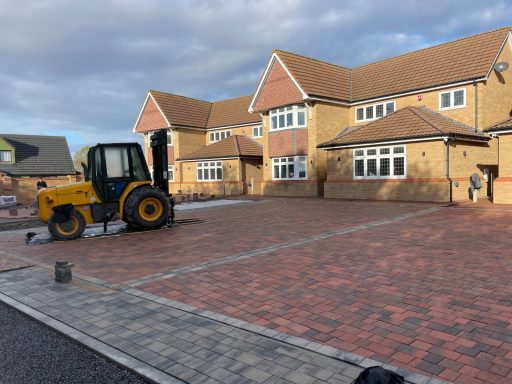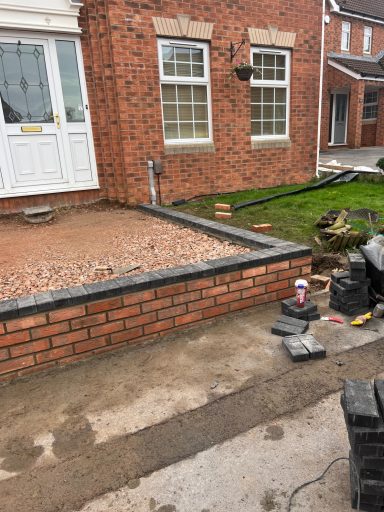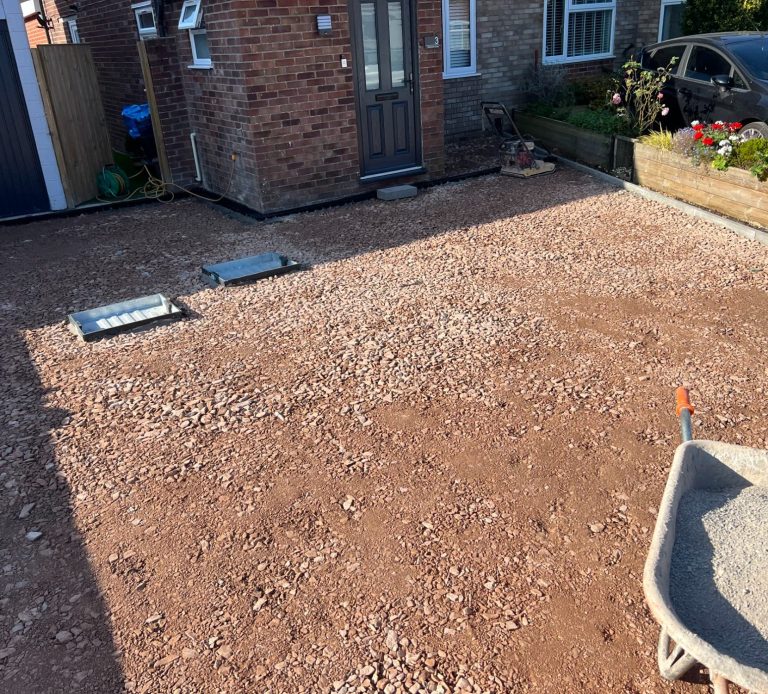
Ground Preparation
Correct ground preparation is the most important part of any drive and paving project. Without the proper
preparation and materials it will simply sink. This is because the top layer of block/slab/tarmac will not be
properly supported underneath.
Too often, companies offer very cheap block-paving installations, but leave out the sub-base so they can
make more profit. It may look good when it is finished, but within a few weeks or months it will sink.
We are meticulous in our ground preparation because we have a reputation to uphold and want you to be satisfied
with our work for many years. We pride ourselves on our reputation, and as a local company its not in our interest to carry out sub-standard work.
We would normally spend over half of the installation time preparing the ground, digging the foundation, laying the sub grade and sub base, installing drainage if needed, installing any necessary kerbs and walls, and levelling the bedding
layer before finally laying the blocks or slabs. A typical block paving installation is explained below.
Our Process

Sub-Grade
We dig the surface area out to a depth of approx 400mm. This allows for the depth of the paving blocks + 50mm bedding + 100mm sub-base.
All weeds and other unwanted material is removed, and we excavate any soft spots and fill with compacted sub-base material. We then install a high quality landscape fabric to ensure you don’t have any nasty weeds or roots appearing in the future.
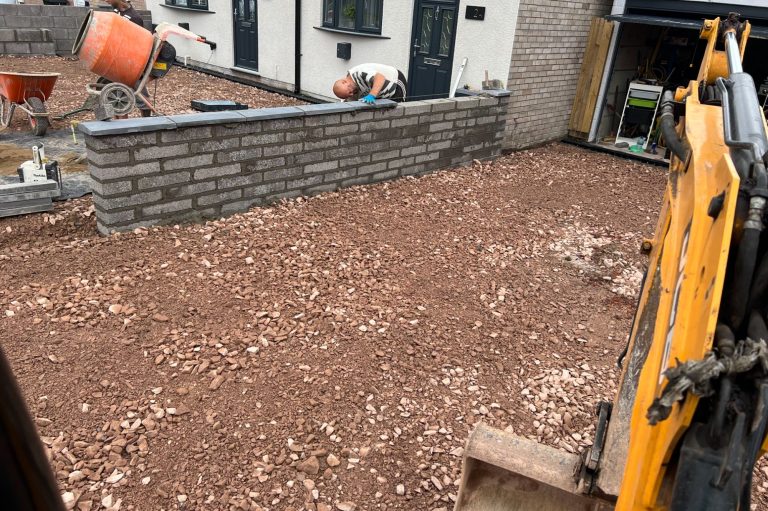
Sub-Base
This is essential to ensure your paving lasts a long time. The sub-base layer is often the main load-bearing layer of a paved area. It is designed to evenly spread the load of the paving, and any traffic. We use high quality sub-base material, using a compacter to firmly compress is.
This can take time and we may need to go over it many times to ensure it’s properly compacted.

Edge Course
Once we have completed the sub-base, we will install the edging kerbs and drainage where necessary. The perimeter edges of the paving can be laid in a different colour, or even a different block.
By using edging kerbs, it prevents sideways movement and are strong enough to withstand the forces of your vehicles.

Bedding Layer
We lay the paving blocks directly onto a bed of coarse grit sand (screed), approximately 35-50mm thick. WE DO NOT USE BUILDING SAND – it is too
soft and can become ‘fluid’ when waterlogged, resulting in movement beneath the paving.
The limestone dust is levelled and screeded to accommodate the paving.

The Final Result
The paving blocks are laid to a specific pattern. We mix up the packs of blocks to ensure there is no banding or spotting of certain shades within the paving.
This is very important with multi-coloured and brindle coloured blocks. We then use a interlocked ‘Herringbone’ pattern to create a firm surface.
The completed area has been compacted with a vibrating plate and kiln dried sand applied.
Gallery
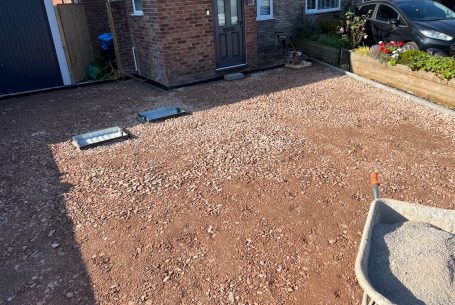
©Copyright. All rights reserved.
We need your consent to load the translations
We use a third-party service to translate the website content that may collect data about your activity. Please review the details in the privacy policy and accept the service to view the translations.

